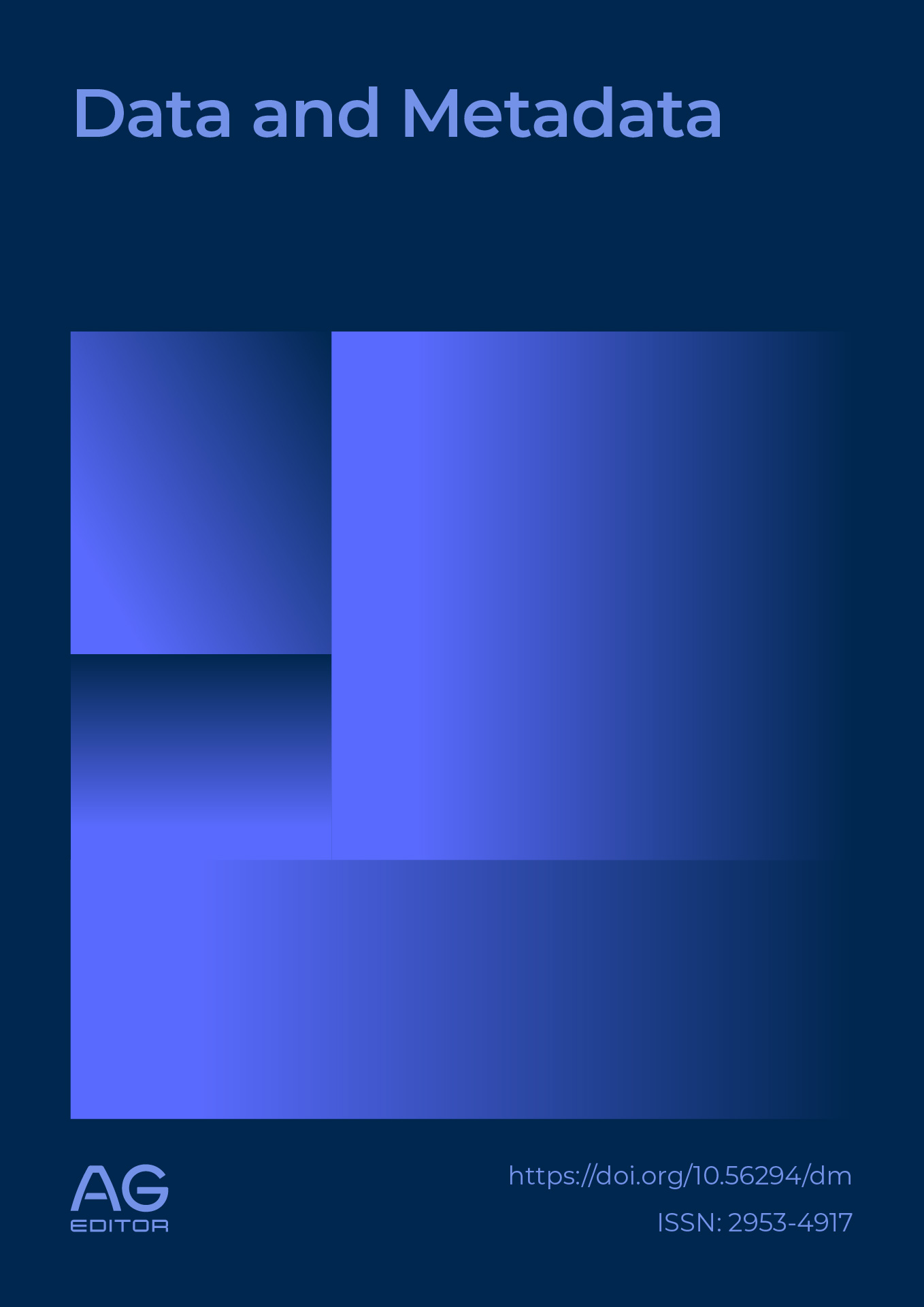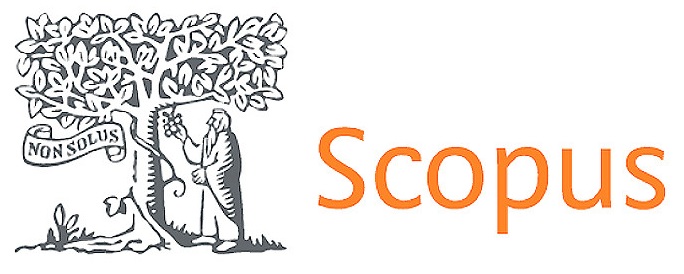Classification of Malaria Parasite Plasmodium Falciparum Based on Blood Smear Images Using Support Vector Machine Approach
DOI:
https://doi.org/10.56294/dm2025568Keywords:
Malaria, Parasite Classification, Principal Component Analysis, Support Vector MachineAbstract
Malaria remained a significant global health issue, particularly in tropical and subtropical regions. The disease resulted in a substantial number of clinical cases and deaths each year, with high-risk groups including infants, toddlers, and pregnant women. Accurate and prompt diagnosis was a key factor in managing the disease. To address this issue, the research aimed to develop an automated system for the classification of Plasmodium falciparum malaria parasites based on blood smear images. The methods employed included image feature selection using Principal Component Analysis (PCA) and the Support Vector Machine (SVM) approach for classification. The research findings indicated that in the image feature selection process, the category of normal malaria exhibited distinctive characteristics with PC1 and PC2 values that tended to be negative and dispersed, whereas the category of parasitic malaria displayed greater variability in both PC1 and PC2 components. Furthermore, the evaluation of the classification system's accuracy using SVM with three different kernel types showed promising results. The average accuracy through K-fold cross-validation for the polyinomial, linear, and radial basis function kernels was 96.7%, 98.9%, and 94.4%, respectively. These results highlighted the significant potential of SVM utilization in the classification of Plasmodium falciparum malaria parasites based on blood smear images.
References
1. Collins WE, Jeffery GM. Plasmodium malariae : Parasite and Disease. Clin Microbiol Rev [Internet]. 2007 Oct; 20(4):579–92. Available from: https://doi.org/10.1128/cmr.00027-07. DOI: https://doi.org/10.1128/CMR.00027-07
2. Varo R, Chaccour C, Bassat Q. Update on malaria. Medicina Clínica (English Edition) [Internet]. 2020; 155(9):395–402. Available from: https://doi.org/10.1016/j.medcle.2020.05.024. DOI: https://doi.org/10.1016/j.medcle.2020.05.024
3. WHO (World Health Organization). World malaria report 2023 [Internet]. World Health Organization; 2023. Available from: https://www.who.int/teams/global-malaria-programme/reports/world-malaria-report-2023.
4. Elyazar IRF, Hay SI, Baird JK. Malaria Distribution, Prevalence, Drug Resistance and Control in Indonesia. In: Advances in Parasitology [Internet]. Elsevier; 2011. p. 41–175. Available from: https://doi.org/10.1016/B978-0-12-385897-9.00002-1. DOI: https://doi.org/10.1016/B978-0-12-385897-9.00002-1
5. Fong Amaris WM, Martinez C, Cortés-Cortés LJ, Suárez DR. Image features for quality analysis of thick blood smears employed in malaria diagnosis. Malar J [Internet]. 2022 Dec; 21(1):74. Available from: https://doi.org/10.1186/s12936-022-04064-2. DOI: https://doi.org/10.1186/s12936-022-04064-2
6. Hegde RB, Prasad K, Hebbar H, Singh BMK. Comparison of traditional image processing and deep learning approaches for classification of white blood cells in peripheral blood smear images. Biocybernetics and Biomedical Engineering [Internet]. 2019;39(2):382–92. Available from: https://doi.org/10.1016/j.bbe.2019.01.005. DOI: https://doi.org/10.1016/j.bbe.2019.01.005
7. Alam MM, Islam MT. Machine learning approach of automatic identification and counting of blood cells. Healthcare Technology Letters [Internet]. 2019 Aug;6(4):103–8. Available from: https://doi.org/10.1049/htl.2018.5098. DOI: https://doi.org/10.1049/htl.2018.5098
8. Ismael S, Kareem S, Almukhtar F. Medical image classification using different machine learning algorithms. AL-Rafidain Journal of Computer Sciences and Mathematics [Internet]. 2020;14(1):135–47. Available from: https://doi.org/10.33899/csmj.2020.164682. DOI: https://doi.org/10.33899/csmj.2020.164682
9. Delgado-Ortet M, Molina A, Alférez S, Rodellar J, Merino A. A deep learning approach for segmentation of red blood cell images and malaria detection. Entropy [Internet]. 2020;22(6):657. Available from: https://doi.org/10.3390/e22060657. DOI: https://doi.org/10.3390/e22060657
10. Savkare SS, Narote SP. Automatic classification of normal and infected blood cells for parasitemia detection. Int J Comput Sci Net Sec [Internet]. 2011; 11:94–7. Available from: https://www.semanticscholar.org/paper/Automatic-Classification-of-Normal-and-Infected-for-Savkare/fc4073d02ab14b6c915bd1896526dcc91b9d8f45?utm_source=direct_link .
11. Zekar L, Sharman T. Plasmodium falciparum malaria. In: StatPearls [Internet]. StatPearls Publishing; 2023. Available from: https://www.ncbi.nlm.nih.gov/books/NBK555962/.
12. Amiriebrahimabadi M, Rouhi Z, Mansouri N. A Comprehensive Survey of Multi-Level Thresholding Segmentation Methods for Image Processing. Arch Computat Methods Eng [Internet]. 2024 Aug; 31(6):3647–97. Available from: https://link.springer.com/10.1007/s11831-024-10093-8. DOI: https://doi.org/10.1007/s11831-024-10093-8
13. Bali A, Singh SN. A review on the strategies and techniques of image segmentation. In: 2015 Fifth international conference on advanced computing & communication technologies [Internet]. IEEE; 2015. p. 113–20. Available from: https://ieeexplore.ieee.org/abstract/document/7079063/. DOI: https://doi.org/10.1109/ACCT.2015.63
14. Hassan NS, Abdulazeez AM, Zeebaree DQ, Hasan DA. Medical images breast cancer segmentation based on K-means clustering algorithm: a review. Asian Journal of Research in Computer Science [Internet]. 2021; 9(1):23–38. Available from: http://archive.sdpublishers.com/id/eprint/131/. DOI: https://doi.org/10.9734/ajrcos/2021/v9i130212
15. Pare S, Kumar A, Singh GK, Bajaj V. Image Segmentation Using Multilevel Thresholding: A Research Review. Iran J Sci Technol Trans Electr Eng [Internet]. 2020 Mar; 44(1):1–29. Available from: http://link.springer.com/10.1007/s40998-019-00251-1. DOI: https://doi.org/10.1007/s40998-019-00251-1
16. Kuşcu A, Erol H. Diagnosis of Breast Cancer by K-Mean Clustering and Otsu Thresholding Segmentation Methods. Osmaniye Korkut Ata Üniversitesi Fen Bilimleri Enstitüsü Dergisi [Internet]. 2022; 5(1):258–81. Available from: https://dergipark.org.tr/en/pub/okufbed/article/994481. DOI: https://doi.org/10.47495/okufbed.994481
17. Bhatt SK, Srinivasan S, Prakash P. Brain Tumor Segmentation Pipeline Model Using U-Net Based Foundation Model. Data and Metadata [Internet]. 2023 Dec 30; 2:197–197. Available from: https://dm.ageditor.ar/index.php/dm/article/view/108. DOI: https://doi.org/10.56294/dm2023197
18. Jimoh RG, Abisoye OA, Uthman MMB. Ensemble feed-forward neural network and support vector machine for prediction of multiclass malaria infection. Journal of Information and Communication Technology [Internet]. 2022; 21(1):117–48. Available from: https://e-journal.uum.edu.my/index.php/jict/article/view/10958. DOI: https://doi.org/10.32890/jict2022.21.1.6
19. Abdullah DM, Abdulazeez AM. Machine learning applications based on SVM classification a review. Qubahan Academic Journal [Internet]. 2021; 1(2):81–90. Available from: https://journal.qubahan.com/index.php/qaj/article/view/50. DOI: https://doi.org/10.48161/qaj.v1n2a50
20. Banu E, Geetha A. Hybrid Convolutional Neural Network with Whale Optimization Algorithm (HCNNWO) Based Plant Leaf Diseases Detection. Data and Metadata [Internet]. 2023 Dec 30;2:196–196. Available from: https://dm.ageditor.ar/index.php/dm/article/view/109. DOI: https://doi.org/10.56294/dm2023196
21. Rachmad, A., Chamidah, N., & Rulaningtyas, R. Mycobacterium tuberculosis images classification based on combining of convolutional neural network and support vector machine. Commun. Math. Biol. Neurosci. [Internet]. 2020; Available from: http://scik.org/index.php/cmbn/article/view/5035.
22.Chamidah, N., Lestari, B., Saifudin, T., Rulaningtyas, R., Wardhani, P., Budiantara, I.N. (2024). Estimating the Number of Malaria Parasites on Blood Smears Microscopic Images Using Penalized Spline Nonparametric Poisson Regression. Commun. Math. Biol. Neurosci. [internet]. 2024; 2024, 60: 1–16. Available from: https://scik.org/index.php/cmbn/article/view/8578.
23. Muhimmah I, Lusiyana N. Identifikasi Stadium Plasmodium Ovale Penyebab Penyakit Malaria dari Apusan Darah Tipis dengan Sistem Berbantuan Komputer. AUTOMATA [Internet]. 2022;3(1). Available from: https://journal.uii.ac.id/AUTOMATA/article/view/21904.
24. Ramadhan NG, Khoirunnisa A. Klasifikasi Data Malaria Menggunakan Metode Support Vector Machine. Jurnal Media Informatika Budidarma [Internet]. 2021;5(4):1580–4. Available from: http://www.stmik-budidarma.ac.id/ejurnal/index.php/mib/article/view/3347. DOI: https://doi.org/10.30865/mib.v5i4.3347
25. Andrew AM. An introduction to support vector machines and other kernel-based learning methods. Kybernetes [Internet]. 2001;30(1):103–15. Available from: https://www.emerald.com/insight/content/doi/10.1108/k.2001.30.1.103.6/full/html. DOI: https://doi.org/10.1108/k.2001.30.1.103.6
26. Durgesh KS, Lekha B. Data classification using support vector machine. Journal of theoretical and applied information technology [Internet]. 2010;12(1):1–7. Available from: http://jatit.org/volumes/twelfth_volume_1_2010.php.
27. Brereton RG, Lloyd GR. Support vector machines for classification and regression. Analyst [Internet]. 2010; 135(2):230–67. Available from: https://pubs.rsc.org/en/content DOI: https://doi.org/10.1039/B918972F
/articlehtml/2010/an/b918972f.
28. Sokolova M, Lapalme G. A systematic analysis of performance measures for classification tasks. Information processing & management [Internet]. 2009; 45(4):427–37. Available from: https://www.sciencedirect.com/science/article/pii/S0306457309000259. DOI: https://doi.org/10.1016/j.ipm.2009.03.002
29. Rachmad A, Chamidah N, Rulaningtyas R. Mycobacterium tuberculosis identification based on colour feature extraction using expert system. Ann Biol [Internet]. 2020; 36:196–202. Available from: https://agribioj.com/mycobacterium-tuberculosis-identification-based-on-colour-feature-extraction-using-expert-system/.
Downloads
Published
Issue
Section
License
Copyright (c) 2025 Nur Chamidah , Toha Saifudin , Riries Rulaningtyas , Adam Anargya Mawardi , Puspa Wardhani , I Nyoman Budiantara , Naufal Ramadhan Al Akhwal Siregar (Author)

This work is licensed under a Creative Commons Attribution 4.0 International License.
The article is distributed under the Creative Commons Attribution 4.0 License. Unless otherwise stated, associated published material is distributed under the same licence.




